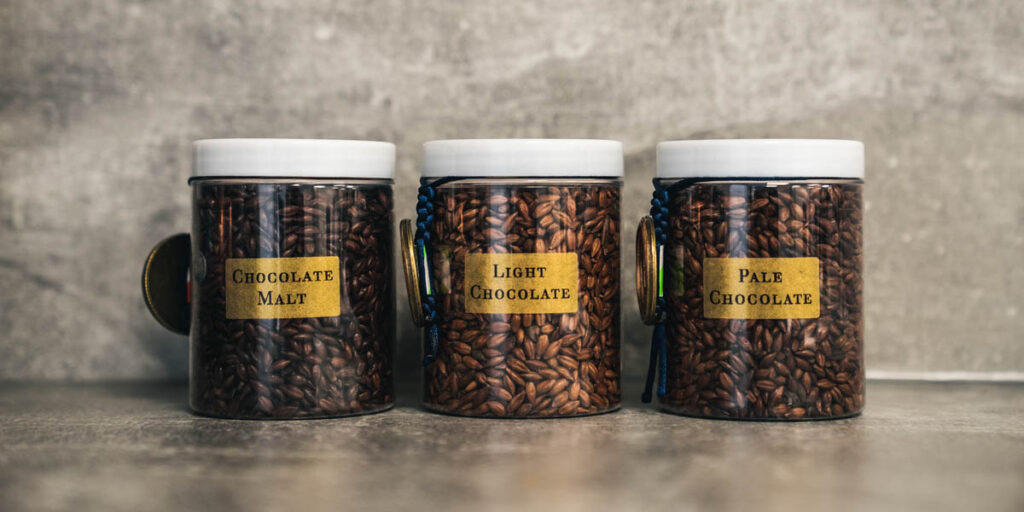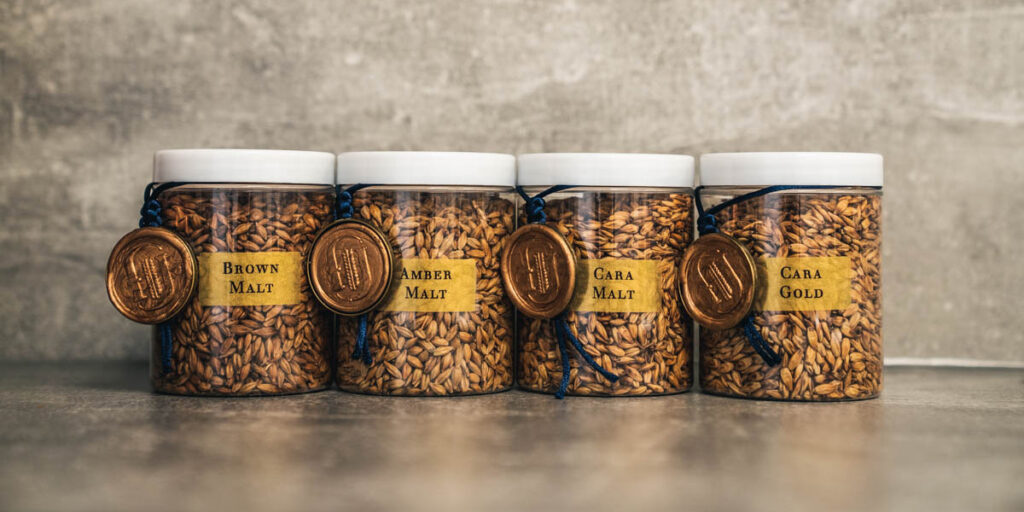The Sensory Profile of Brewing Malts: How to Understand Flavour Profile of Malt

Brewing beer is an art form that requires a great deal of knowledge and skill. One important process component is understanding the sensory profile of brewing malts. This blog post will introduce the various flavour profiles of malt and how to understand them. We will also look at the French & Jupps malt range and what makes it unique. By the end, you will have a good understanding of the sensory profile of brewing malts and be able to use it to create delicious beers.
Why it’s important to understand the sensory analysis of different malts
Understanding the sensory analysis of different malts is an important step in crafting the perfect beer. This is because it allows brewers to evaluate better raw ingredients, like malt, used in brewing. Sensory evaluation is a common method of evaluating beer and its raw ingredients, such as malt. It consists of four aspects examined during sensory evaluation – appearance, aroma, flavour, and mouthfeel.
Aroma is an especially important component of beer and malt, ranging from bread dough to coffee and dark chocolate. The Hot Steep Method is the first malt sensory method that assesses the extraction efficiency of speciality malts like crystal malt, chocolate malt, patent malts, and roasted barley. Additionally, comparison charts and flavour wheels are a sensory tool created by French & Jupps to assist maltsters, brewers, distillers, and others within the craft malt supply chain and allied industries in describing speciality malt flavours.
Mouthfeel analysis in malt sensory focuses on attributes such as body, astringency, and aftertaste. These help brewers create balanced and flavorful beers that truly reflect their vision. Understanding these aspects of malt is essential for creating the perfect beer.
The Different Types of Malt
Malt is an essential ingredient in brewing, contributing to beer’s flavour and aroma. Many different types of malt are available, each with its unique characteristics. These types of malt can be used to create various beers.
Pale malts are the most commonly used malt, giving beer a light, crisp flavour. Dark malts provide darker colours and more robust flavours like coffee and chocolate. Roasted malts also give beer a dark colour but provide more earthy and roasted flavours. Crystal or caramel malts provide sweetness and complexity to a beer. Patent or black malts provide a sharp, roasted flavour, while chocolate malt brings deep chocolate flavours. Finally, roasted barley can give a dry and bitter finish to a beer.
With these different types of malt, brewers can create light, crisp, full-bodied, malty beers. Each type of malt has its own unique flavour profile that can be used to enhance the flavour of any beer. For example, crystal malts provide sweetness and complexity, whereas patent malts impart a sharp roastiness. Chocolate malt adds deep chocolate notes, while roasted barley adds a dry and bitter finish. These different malts can create a rich, layered flavour profile for any beer when blended. The French & Jupps range includes crystal malt, patent malts, chocolate malt, and roasted barley, allowing brewers to mix and match according to their desired flavour profile. Furthermore, all French & Jupps malts come pre-milled and packaged conveniently for easy storage and use.
By understanding how different malts affect the taste of beer, brewers can craft complex brews with all sorts of interesting nuances. For instance, blending crystal malt with roasted barley can produce a nutty ale with hints of biscuit and coffee. Likewise, combining chocolate malt and roasted barley will produce a smooth stout with notes of chocolate and roasted nuts. Additionally, pairing pale malt with patent malts creates an IPA bursting with citrus and pine aromas. With so much potential within French & Jupps’ diverse malt selection, brewers have endless possibilities when crafting their perfect beer.

The Flavour Profile of Malt – sensory
French & Jupps malt range is renowned for its commitment to roasting the highest quality to perfection. Each has a unique sensory profile with various malts available, bringing out the optimum flavour and aroma.
For instance, their crystal malts bring out a caramel sweetness and create a full-bodied finish, while chocolate malts deliver rich cocoa aromas and an intense roasted flavour. Additionally, their patent malts are delicately roasted to produce a malty flavour with notes of bread and biscuit and a light sweetness on the palate. Finally, roasted barley provides a hint of coffee with an underlying bitterness that adds complexity to the beer or cider.
Whether creating your own craft beer or whisky, the French & Jupps malt range offers the perfect base for developing those distinctive flavours and aromas. Each type of malt is carefully selected and roasted to perfection, allowing brewers to explore new flavour profiles and recipes.
Tips for Understanding the Flavour Profile of Malt
Malt is an essential ingredient in beer brewing, and it is made from barley, chosen for its high enzyme content. These enzymes convert the starch in barley into fermentable sugars like maltose and sucrose. During the mashing process, the fermentable sugars in the malt are eaten by yeast and turned into alcohol. This means that the sweetness or maltiness of a beer depends on how much sugar the yeast consumes and how much sugar remains after the fermentation process.
Malt is present in all beers, but the beers with the most distinct malt taste are usually darker, like stouts and porters, which have been roasted with more heat than a pale ale. Some common types of malt used for these types of beers are crystal, chocolate, patent malts and roasted barley. Each malt will give a beer its unique flavour profile – crystal malt provides a sweet, caramel-like flavour, while roasted barley gives a roasted, toasty flavour. Understanding how each type of malt affects the taste of a beer can help brewers create the perfect flavour profile for their brew. We recommend you analyse the flavours charts and do some mini tabletop mashes to learn the malts you will be using. It needs to become a sensory experience to get the best knowledge.
Let us know if you want samples to get to know your malts better.